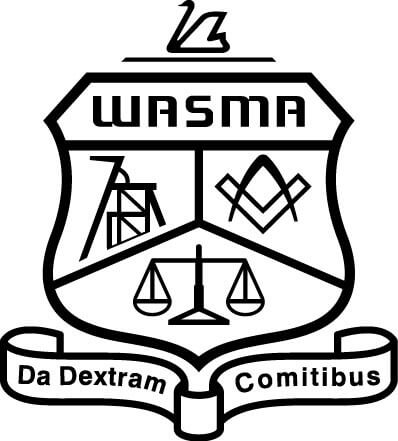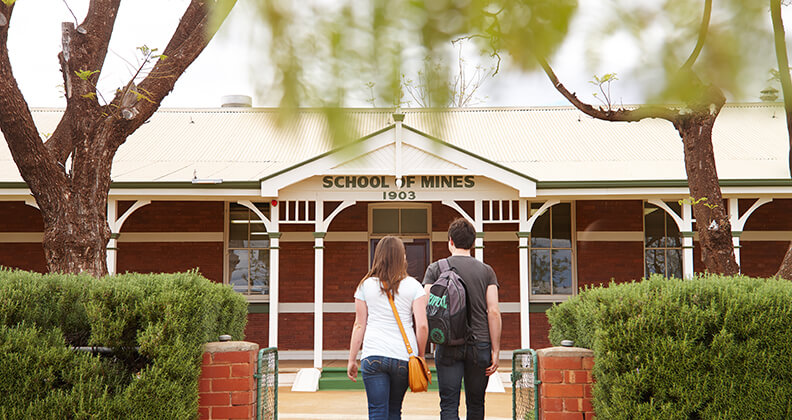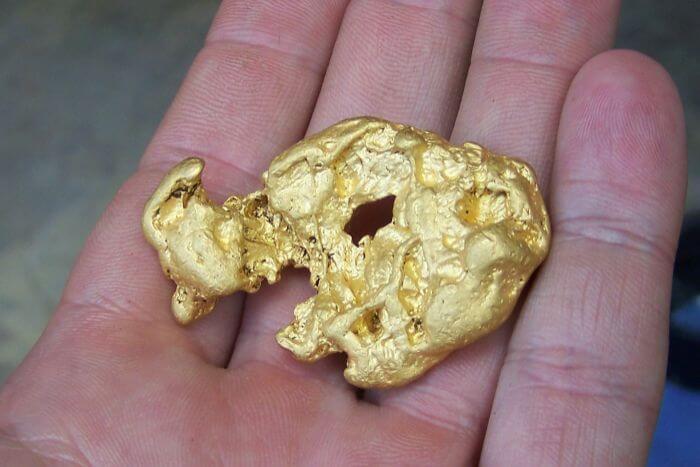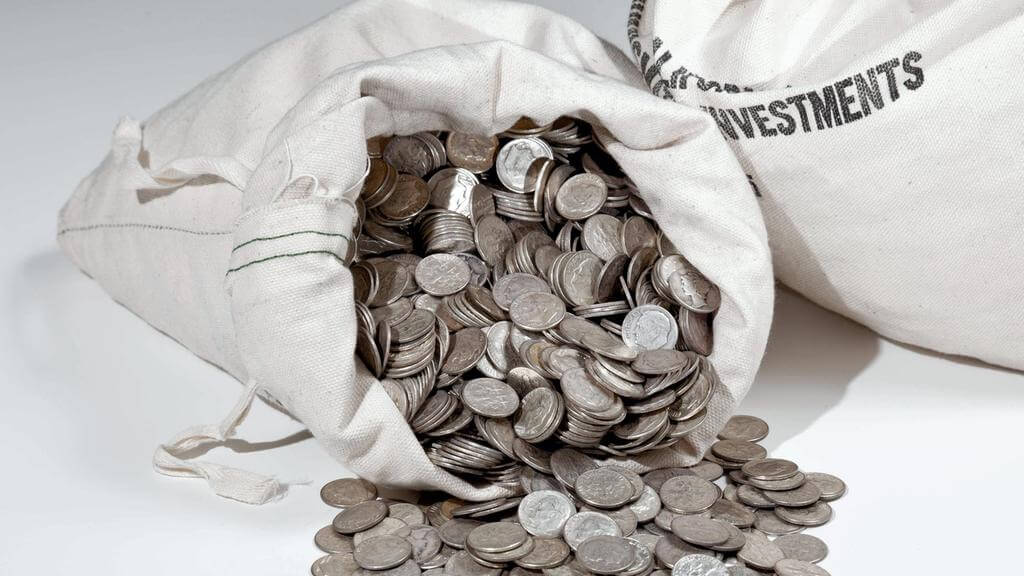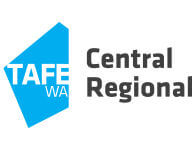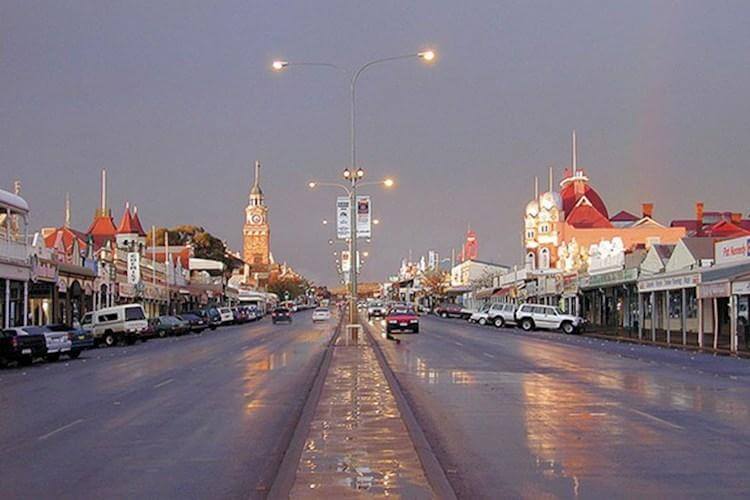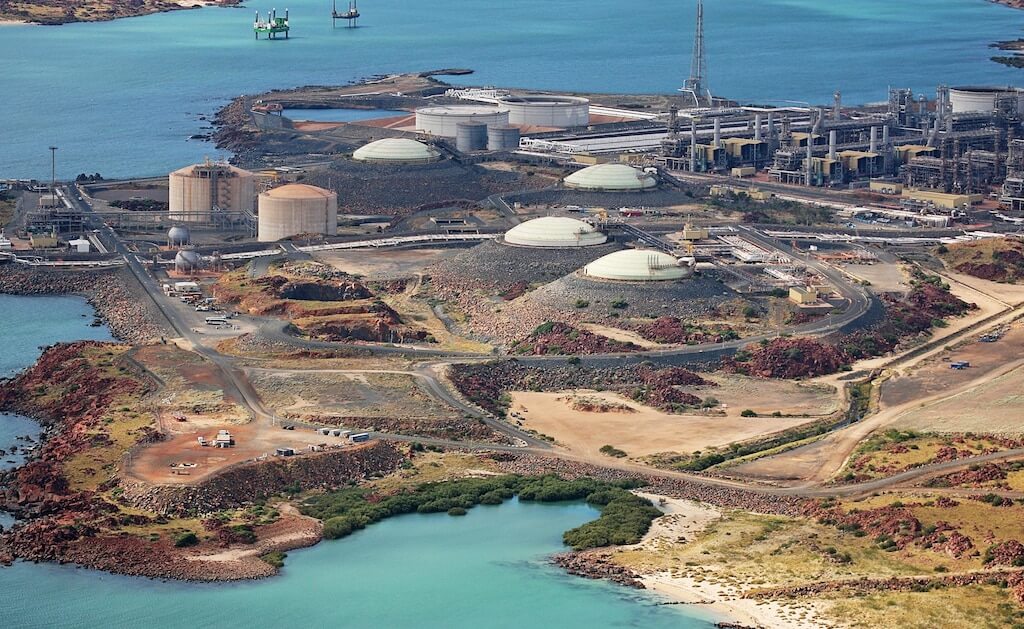ABC
Your old mobile phone could hold value long after you throw it in the bin with a team of Australian researchers working to unlock the gold inside.
Geologists have discovered bacteria on a patch of earth in regional Queensland that takes natural traces of gold and turns them into nuggets. The discovery, according to University of Adelaide associate professor Frank Reith, means mining companies could turn tailings dams from a liability into an asset by recovering and reprocessing leftover gold. He said in a consumer culture of planned obsolescence, where smart phone models were updated every few months, it could change the way electronic waste was disposed of.
Turning trash into treasure
The United Nations reported that in 2016 e-waste around the world — including discarded mobile phones, laptops, televisions, refrigerators and toys — contained more than $84 billion worth of recoverable materials.
More than $29 billion of that was in gold on parts such as circuit boards in phones and computers. “In electronic waste there’s a lot of gold,” Associate Professor Reith said. “We need a technique without impact to health or community or environment to [recover] the noble metals that are in everyone’s smart phone or computer. “Currently that’s done mostly outside of the first world, with techniques that are not quite as sustainable as they should be.”
Pilot program to recover gold from e-waste
Associate Professor Reith and his team of researchers have joined with New Zealand start-up Mint Innovation to find a solution. Mint Innovation is running a pilot program, with plans to have a commercial rollout of its e-waste gold recovery technique by 2019. Australia is in its sights. “We’re working with electronic waste as a feedstock, and are piloting a process that uses microbes as a method of purifying precious metals from the mix of other metals that old circuit boards contain,” chief strategy officer Dr Ollie Crush said. The researchers examined gold grains from West Coast Creek, a minor tributary of the Mary River at Kilkivan, along with other locations around Australia and the world. They found the gold “recycling” process could take between 17 and 58 years. Associate Professor Reith said in geological terms that was the blink of an eye. “It’s enormously fast. We just need to speed those processes up by 10, 20, 30, to have something suitable for industrial application.”
A ‘ground-breaking’ study
Kilkivan landowner John Parsons, a former mine manager who took over the disused mine site in the 1990s, is now a co-author of two research papers based on bacteria found in his soil. He explained the bacteria worked to filter out other minerals such as silver and copper to “build these little nuggets, grain by grain, layer by layer by layer”. Last year he worked with Associate Professor Reith, as well as the University of Adelaide’s Jeremiah Shuster, Swedish researcher Geert Cornelis, and University of Queensland scientist Gordon Southam, to unearth how long the bacterial refining process took, and published in the journal Chemical Geology.
Associate Professor Reith described it as “a ground-breaking study”. “For the first time, we actually have an estimation of how fast these things can happen in the natural environment,” he said. “We know it for a lot of other elements, but we had very little knowledge about gold until we put our work together with [other research].”
The bigger picture
Associate Professor Reith said the bacteria not only had the power to change recycling practices, but to turn gold mine tailings dams from a liability into an asset. “In a lot of mines there’s tailing materials and waste materials, and gold is lost there,” he said. “With current technology, we can’t recover it. If you can make a recoverable resource from those parts, then you’re adding to the bottom line of any mine. “The bankers and the shareholders are all looking at the environment side of things … an environmental benefit is an economic benefit.”He wants to get large-scale industry, including mining companies, to take notice of what those tiny bacteria are capable of.
“I want to get them to start doing something now. If I can do that, I’ll be a happy boy pushing daisies up in a few years’ time.”
